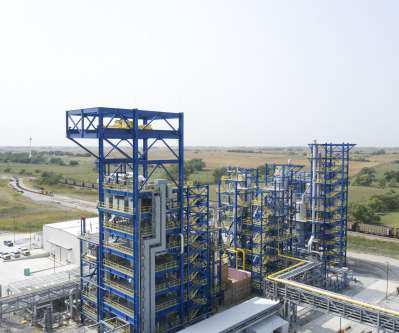Monolith to collaborate with Goodyear on carbon black for its tire production; methane pyrolysis
Green Car Congress
DECEMBER 10, 2021
Monolith , a leader in clean carbon black production, signed a collaboration agreement and letter of intent (LOI) with The Goodyear Tire & Rubber Company, one of the world's largest tire companies. Monolith’s carbon black enables manufacturers such as Goodyear to meet sustainability goals and demand for clean materials.

































Let's personalize your content